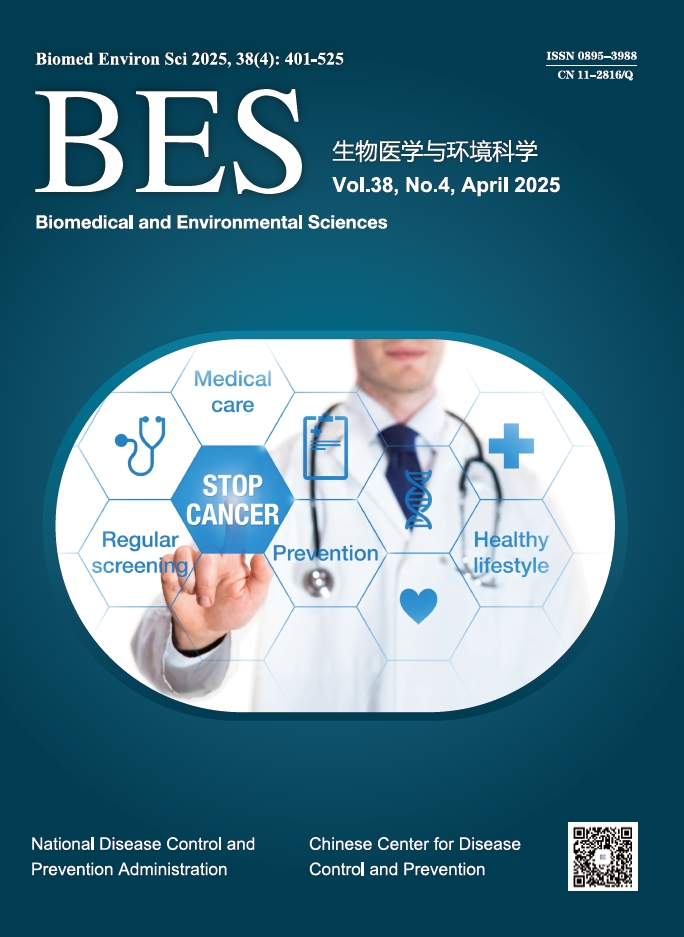-
Cancer screening is a strategy focused on high-risk populations rather than universal population-wide screening, based on a comprehensive evaluation of epidemiological principles and practical feasibility. The effectiveness of screening depends on factors such as disease prevalence, as well as the sensitivity and specificity of the screening technology employed. The positive predictive value (PPV) of screening increases as disease prevalence rises. Cancer incidence demonstrates substantial heterogeneity across populations, with significantly higher rates observed in high-risk groups. For instance, smokers face a 15–30 times higher risk of lung cancer compared to non-smokers, while individuals chronically infected with the hepatitis B virus have a nearly 100-fold increased risk of developing liver cancer compared to the general population. Moreover, in the context of limited healthcare resources, the cost of universal screening is prohibitively high, often surpassing public health budgets, and there is a lack of sufficient specialized personnel and equipment. Therefore, focusing screening efforts on high-risk populations is not only consistent with patterns of disease occurrence but also enhances screening efficiency and overcomes the limitations imposed by constrained healthcare resources.
The risk-assessment-based cancer screening needs to move beyond the conventional, one-size-fits-all approach. The traditional centralized cancer screening program is predicated on the principle of providing equal opportunities for all eligible individuals to participate in screening. This program primarily defines screening eligibility based on demographic factors such as age and gender, with limited risk stratification utilizing additional factors such as smoking history and family history of cancer. While this approach offers operational simplicity in public health practice, its coarse and static risk assessment methods have increasingly exposed significant limitations. Current screening criteria, such as those set by the National Comprehensive Cancer Network (NCCN), United States Preventive Services Task Force (USPSTF), or International Early Lung Cancer Action Program (I-ELCAP), correspond to varying efficiency ratios and exhibit different degrees of missed diagnoses[1]. This "one-size-fits-all" approach lacks sufficient accuracy in assessing the high-risk populations, and may also increase the risk of false positive/negative results.
To more accurately identify the population appropriate for cancer screening, researchers have been investigating risk-related factors associated with cancer incidence[2,3]. In parallel, separate models, accounting for local healthcare resources and national contexts, have been developed to ensure individuals from different subgroups, with similar cancer risk profiles, are equally eligible for screening, thereby supporting the goal of "equitable management for individuals of equal risk"[4]. Moreover, risk assessment models that incorporate multiple parameters-such as genetic characteristics, environmental exposures, and lifestyle factors-allow for the precise stratification of populations into distinct risk categories[5]. Modern risk assessment models integrate data from genomics, epigenetics, metabolomics, and other omics technologies, constructing dynamic, evolving risk prediction frameworks. Evidence indicates that comprehensive risk-stratified models effectively address missed diagnoses in screening tests (with the highest negative predictive value of 0.93) while moderately reducing unnecessary screenings (with the best PPV of 0.32) in colorectal cancer screening within the East Asian population[6].
By tailoring screening strategies to individual risk profiles, healthcare systems can optimize resource allocation, minimizing unnecessary tests and interventions for low-risk individuals while ensuring that high-risk individuals receive timely and appropriate care. This approach increases the likelihood of identifying true positive cases, reducing the number of false positives, which often reduce healthcare costs through additional testing, biopsies, and treatments that may not be necessary[7]. Decision-analytic models integrating risk-stratified screening have been shown to be cost-effective, providing additional health benefits at reduced costs[8]. The integration of genomic, epigenomic, and other omics data into cancer risk assessment remains cost effectiveness and further optimizes resource allocation. Genetic testing, in particular, can identify individuals at significantly higher risk, enabling more targeted and less frequent screening for those at lower risk[9].
Advancements in cancer risk assessment technologies are facilitating a shift in cancer screening from a "needle-in-a-haystack" approach to a more targeted, precision-guided methodology. With ongoing progress in artificial intelligence and biomarker research, future risk assessments will enable dynamic monitoring with enhanced spatiotemporal resolution. This transformation not only improves the efficiency of screening but, more importantly, lays a solid foundation for personalized screening strategies and health management. The National Health Commission has endorsed a hybrid screening model that combines centralized and opportunistic cancer screening for high-risk populations, thereby expanding its coverage over time[10]. Opportunistic cancer screening, conducted during routine medical visits or health check-ups, represents an effective strategy that leverages collaborative efforts between healthcare providers and patients to identify and guide high-risk individuals potentially for screening. Opportunistic cancer screening approach enhances detection rates and improves adherence to screening protocols, thus increasing both efficiency and cost-effectiveness. Consequently, accurate cancer risk assessment is essential to the effectiveness of any cancer screening strategy[11]. By integrating risk assessment systems with multidimensional technologies, individual cancer risks can be accurately evaluated, ensuring that cancer screening initiatives provide the greatest benefit to those who need them most.
The strategy for identifying high-risk populations in cancer screening is crucial for the rational allocation of public health resources. A recent study reveals that, according to the NCCN guidelines and the expert consensus from the Chinese Medical Association, there is no significant difference in the lung cancer detection between high-risk and non-high-risk groups[12]. This finding underscores the obsolescence of traditional high-risk factors in the current context, highlighting the urgent need to identify better predictive factors and biomarkers. Alternatively, it is imperative to develop precise risk prediction models that can distinguish relatively high-risk individuals within traditionally low-risk populations. Under the principle of "equal management for individuals of equal risk", it is essential to ensure that all high-risk populations have access to screening opportunities, thereby enhancing the equitable accessibility of screening resources.
Identification of High-Risk Populations: The Cornerstone of Effective and Cost-Efficient Cancer Screening
doi: 10.3967/bes2025.044
- Received Date: 2025-04-01
- Accepted Date: 2025-04-20
| Citation: | Wei Cao, Fei Wang, Ni Li. Identification of High-Risk Populations: The Cornerstone of Effective and Cost-Efficient Cancer Screening[J]. Biomedical and Environmental Sciences, 2025, 38(4): 401-402. doi: 10.3967/bes2025.044 |







 Quick Links
Quick Links
 DownLoad:
DownLoad: